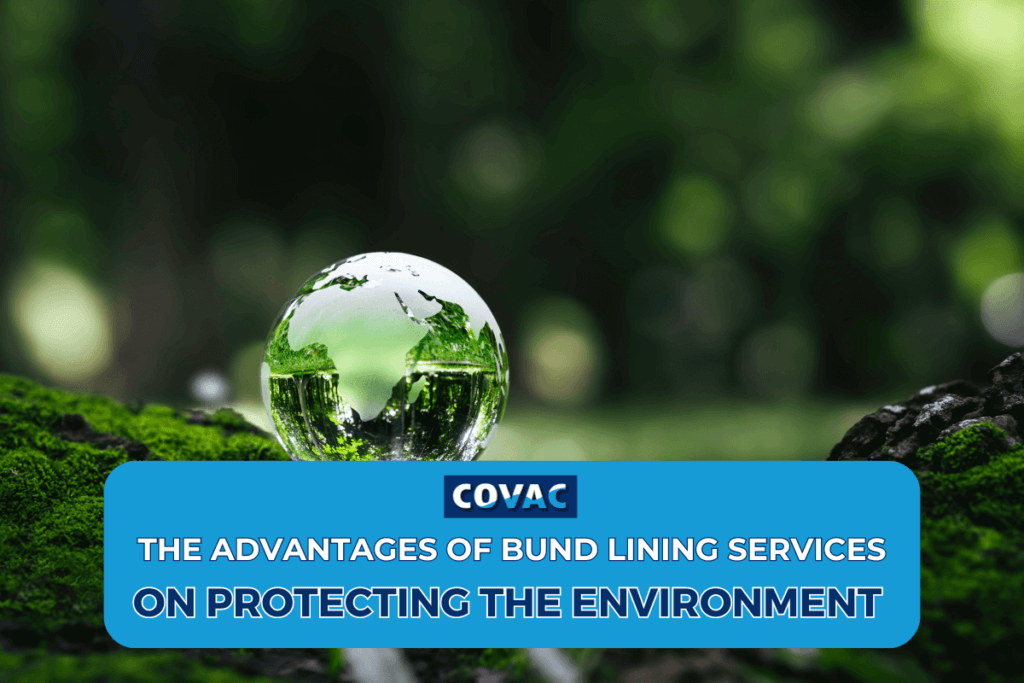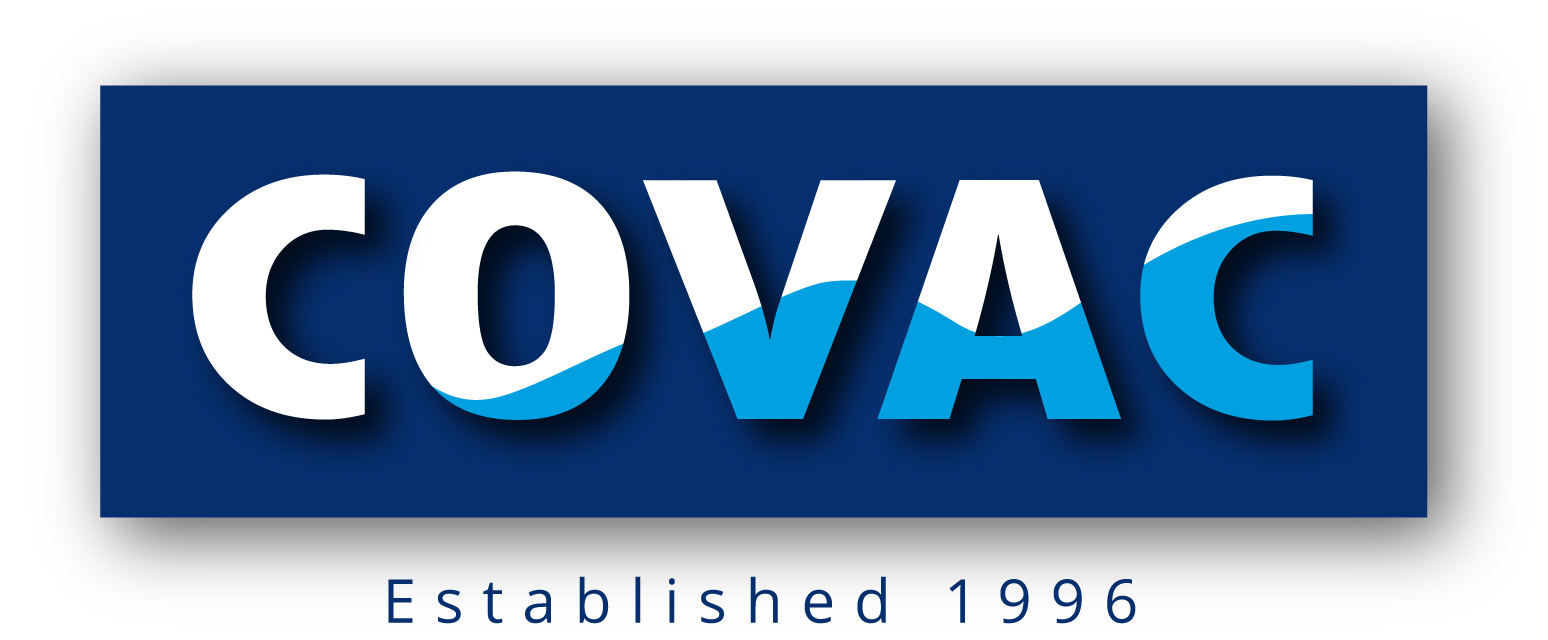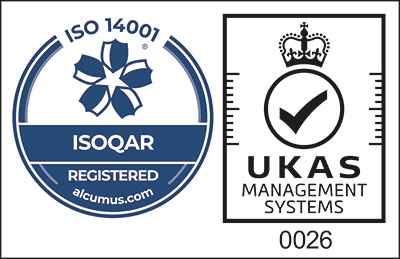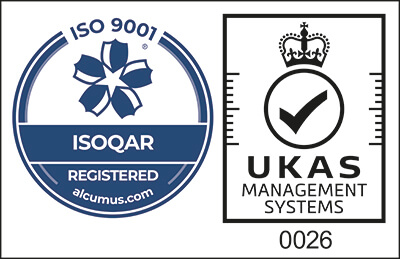
In industries handling hazardous materials, bund lining is a crucial safeguard against environmental contamination. This protective barrier acts as a containment system, preventing accidental spills and leaks from seeping into the soil or reaching nearby water sources. As environmental regulations become increasingly stringent, bund lining services are essential for ensuring compliance and promoting sustainable practices.
How Bund Lining Prevents Environmental Contamination
Bund lining plays a vital role by acting as an effective barrier against hazardous spills. Properly installed, it contains potential leaks from storage tanks and vessels, crucial in industries like oil and gas, chemicals, and agriculture. In these industries, even minor spills can lead to significant ecological damage. By preventing spills from reaching the ground or water systems, bund lining protects vital resources and local ecosystems.
Additionally, it facilitates easier clean-up and management in the event of a spill, reducing the likelihood of long-term environmental consequences.
The Role of Bund Lining in Industrial Waste Management
Bund lining is crucial for effective waste management, providing essential protection for facilities handling hazardous materials. It creates a contained area around storage tanks and disposal sites, preventing spills that could contaminate the environment. This containment mitigates the risk of accidental releases during storage, transport, or processing.
Furthermore, bund linings ensure compliance with regulatory requirements, enabling companies to monitor and manage their waste streams effectively.
By integrating bund lining systems, businesses can improve their environmental responsibility and reduce liability risks associated with waste mishandling.
Reducing Water Pollution with Effective Bund Lining Systems
Effective bund lining and repair is vital for reducing water pollution by preventing hazardous substances from entering nearby water sources.
In industries handling chemicals and oils, even a small leak can have devastating effects on rivers and groundwater. Bund linings act as a first line of defence, containing spills and preventing contaminants from seeping into soil and water bodies. This containment is essential for protecting aquatic ecosystems and ensuring the safety of drinking water supplies.
Regulatory agencies increasingly demand stringent measures to prevent water pollution, making bund lining a critical compliance tool.
Environmental Regulations and Compliance: How Bund Lining Helps
Bund lining and repair is crucial for compliance with stringent environmental regulations in the UK. Industries must adhere to laws like the Environmental Protection Act 1990, which mandates proper storage and handling of hazardous materials. Bund linings provide reliable containment solutions that safeguard against leaks, helping businesses meet these regulatory requirements.
Regular inspections and maintenance of bund lining systems promote a culture of safety and environmental stewardship within organisations.
Sustainable Materials in Bund Lining: An Eco-Friendly Approach
Using sustainable materials in bund lining and repair increases environmental protection while reducing the carbon footprint of industrial operations. Companies like COVAC offer bund lining services made from quality materials, such as high-density polyethylene (HDPE), which is durable and lightweight. This reduces waste and promotes a circular economy within the industry.
Covac’s bund services also use eco-friendly production processes, minimising harmful chemicals and energy consumption.
Long-Term Environmental Benefits of Bund Lining
The long-term benefits of bund lining extend beyond immediate spill containment, offering sustainable solutions for industries that handle hazardous materials. Covac’s bund lining services significantly reduce the risk of soil and water contamination over time.
By effectively containing hazardous substances, bunds prevent immediate environmental damage and protect ecosystems from degradation. This proactive approach can lead to lower remediation costs and reduced liability for businesses, as the chances of environmental incidents decrease.
What Could Go Wrong If You Don’t Protect Your Bund Tank
The Buncefield oil depot explosion in 2005 serves as a significant reminder of the critical role bund lining can play in preventing environmental disasters.
Located in Hemel Hempstead, UK, the facility experienced one of the largest explosions in peacetime Europe due to the overfilling of a fuel storage tank. This resulted in a release of flammable vapours that ignited, causing a massive fire that lasted four days and led to widespread environmental damage.
Had more robust secondary containment measures, like bund lining, been in place, the impact of the spill and subsequent contamination could have been mitigated, potentially preventing such a large-scale catastrophe. The incident emphasises the necessity of implementing strong bunding solutions to protect both industrial operations and surrounding ecosystems.
Ecological Consequences of Bund Tank Leakage
Soil Contamination: Chemicals seeping into the soil can make it uninhabitable for plants and animals, affecting biodiversity and disrupting ecosystems.
Water Pollution: Leaked chemicals may reach water sources, contaminating rivers, lakes, and groundwater, posing risks to both aquatic ecosystems and human water supplies.
Bioaccumulation: Toxic substances can accumulate in the food chain, leading to harmful concentrations in higher-level organisms, including humans.
Habitat Destruction: Spills can destroy wildlife habitats, especially in sensitive coastal or wetland areas, leading to long-term damage to biodiversity.
Long-Term Environmental Damage: Chemicals may persist in the environment, causing long-term ecological damage and requiring costly remediation efforts to restore the affected areas
Why Every Business Should Invest in Bund Lining
Investing in bund lining services is essential for businesses prioritising environmental protection, regulatory compliance, and sustainability. Covac’s high-quality solutions provide effective containment of hazardous materials and demonstrate a commitment to responsible practices.
By adopting these systems, businesses can significantly reduce the risk of spills and contamination, safeguarding vital ecosystems and natural resources. Furthermore, using sustainable materials aligns with broader sustainability goals.
To discover our bund lining services, available right across England and Scotland, contact COVAC via our online form or call us on 01455 556631.










